I saw a simple transistor amplitude modulator circuit on the Internet (image attached below).
I have to build a simple amplitude modulator circuit using a transistor for my school project. I understand the concept that the signals are mixed and the transistor acts as a diode and rectifies due to the emitter-base junction, while the LC circuit oscillates to produce the other half of the modulated signal.
Now, how should I calculate the value of Vcc as well as the resistor at the emitter? I understand the frequency of the LC circuit should be the same as the carrier frequency, in my case 50MHz (my professor wants to modulate a high frequency).



